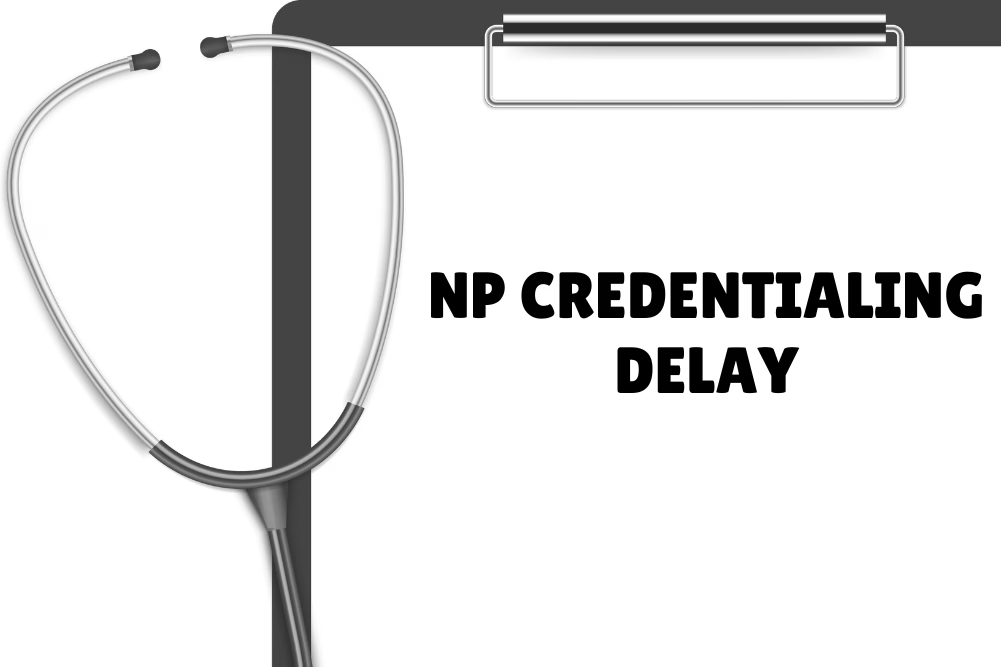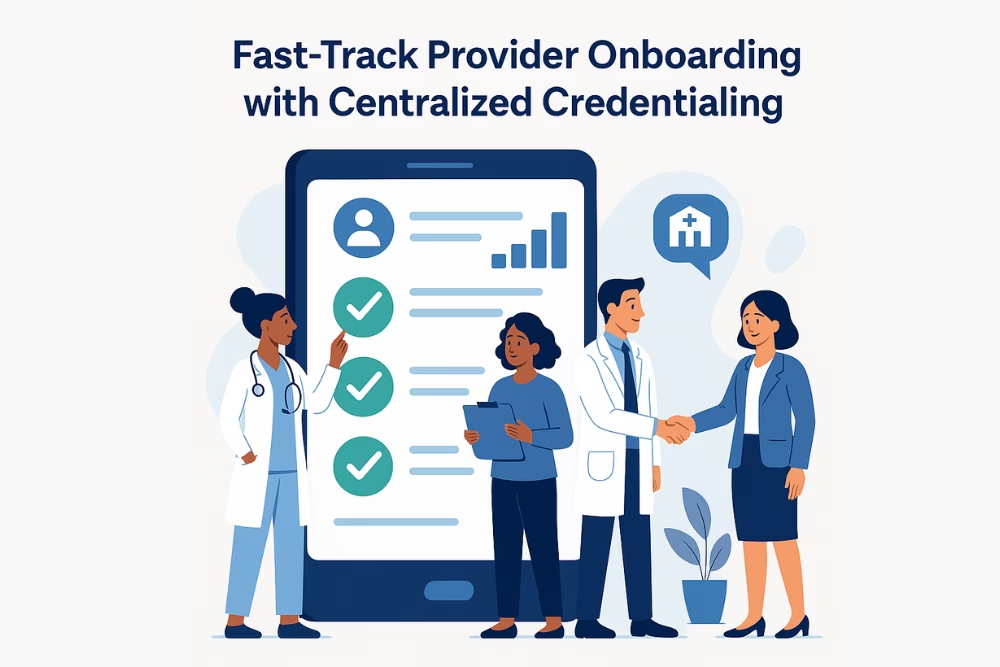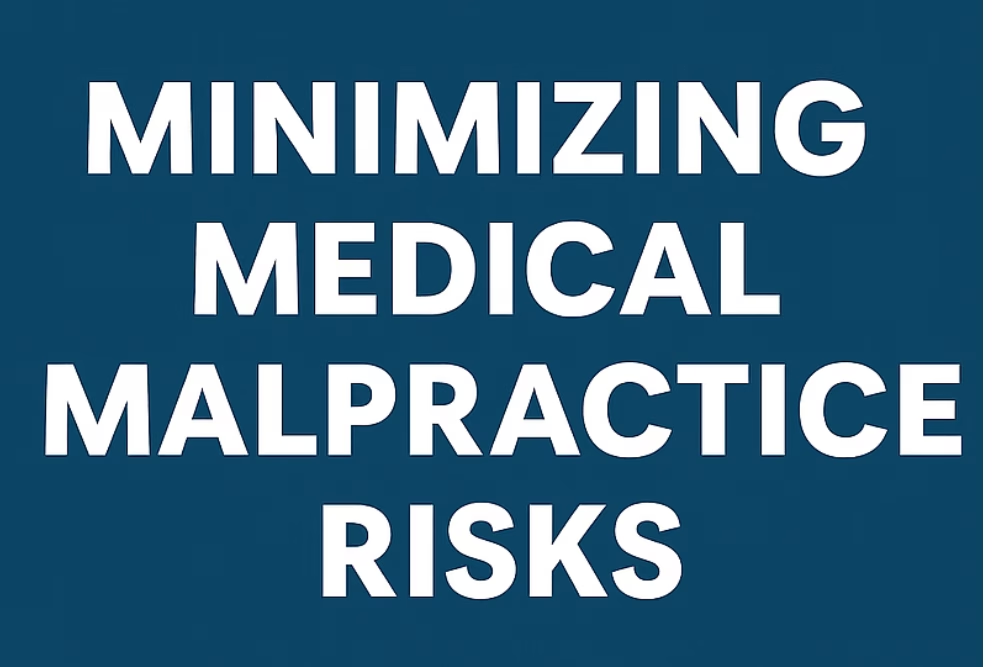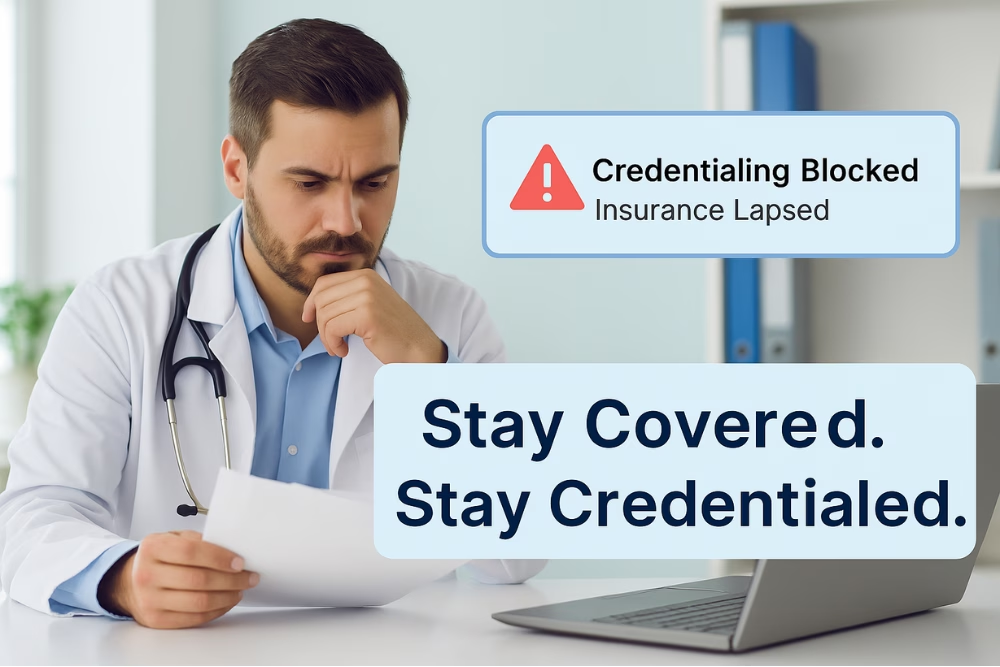Nurse Practitioners (NPs) are vital to modern healthcare delivery, offering compassionate, evidence-based care across a variety of specialties. But before NPs can legally treat patients or bill insurers, they must go through the credentialing process, which confirms their qualifications, licensure, and training.
For practice managers, healthcare providers, and clinic owners, getting this process right means faster onboarding, improved compliance, and optimized revenue flow. This guide breaks down common NP credentialing mistakes and how to avoid them.
Common NP Credentialing Mistakes That Cost Time and Money
❌ Starting Too Late
Credentialing can take 60–120 days. If you delay the process, your NP’s start date and patient scheduling get pushed back, slowing down revenue.
❌ Inaccurate Applications
Simple errors in forms—like license numbers, dates, or addresses—can trigger time-consuming revisions. Always review before submitting.
❌ Non-Compliance With Regulations
Each state has unique rules, and overlooking DEA, HIPAA, or board-specific guidelines can lead to application rejection.
❌ Outdated Network Information
Insurers require that NPs be in-network. Failing to update or complete network credentialing can stop reimbursement altogether.
❌ Unorganized Documentation
Losing track of transcripts, certifications, or license verifications causes unnecessary delays. Centralized document storage is essential.
❌ Missing Deadlines
Whether it’s payer-specific submission windows or license renewal dates, missed deadlines set your progress back by weeks—or more.
❌ Poor Communication
Lack of regular updates between the NP, practice, and credentialing entities leads to confusion, errors, and process breakdowns.
Credentialing Best Practices for Nurse Practitioners
1. Start Credentialing Immediately
Begin the process as soon as the NP accepts your offer. Early action prevents administrative bottlenecks later.
2. Double-Check Every Application
Accuracy is everything. Use credentialing checklists to ensure every field is complete and error-free.
3. Stay Up to Date with Licensing Requirements
Track evolving regulations for DEA numbers, malpractice insurance, and state licensing boards. Compliance protects your practice.
4. Leverage Technology
Use credentialing management software or a partner like eClinicAssist to automate workflows, reduce manual work, and track progress in real time.
5. Build Strong Payer Relationships
Ensure NPs are accepted in-network by insurers early in the process. Proactive communication reduces reimbursement issues.
6. Maintain Transparent Communication
Keep the NP, HR, and credentialing teams in the loop. Clear updates ensure smoother, more predictable onboarding.
Let eClinicAssist Handle Your NP Credentialing
At eClinicAssist, we help healthcare organizations eliminate delays and avoid credentialing mistakes. Whether you’re onboarding one NP or a dozen, we manage everything—from primary source verification to insurance enrollment.
Our team ensures every box is checked, every deadline met, and every provider is ready to practice as quickly as possible.
Get in Touch with eClinicAssist Today
Credentialing doesn’t need to slow your practice down. With eClinicAssist, you’ll save time, stay compliant, and get your NPs working sooner.
👉 Ready to streamline NP credentialing? Contact us today and let us take the complexity off your plate.







